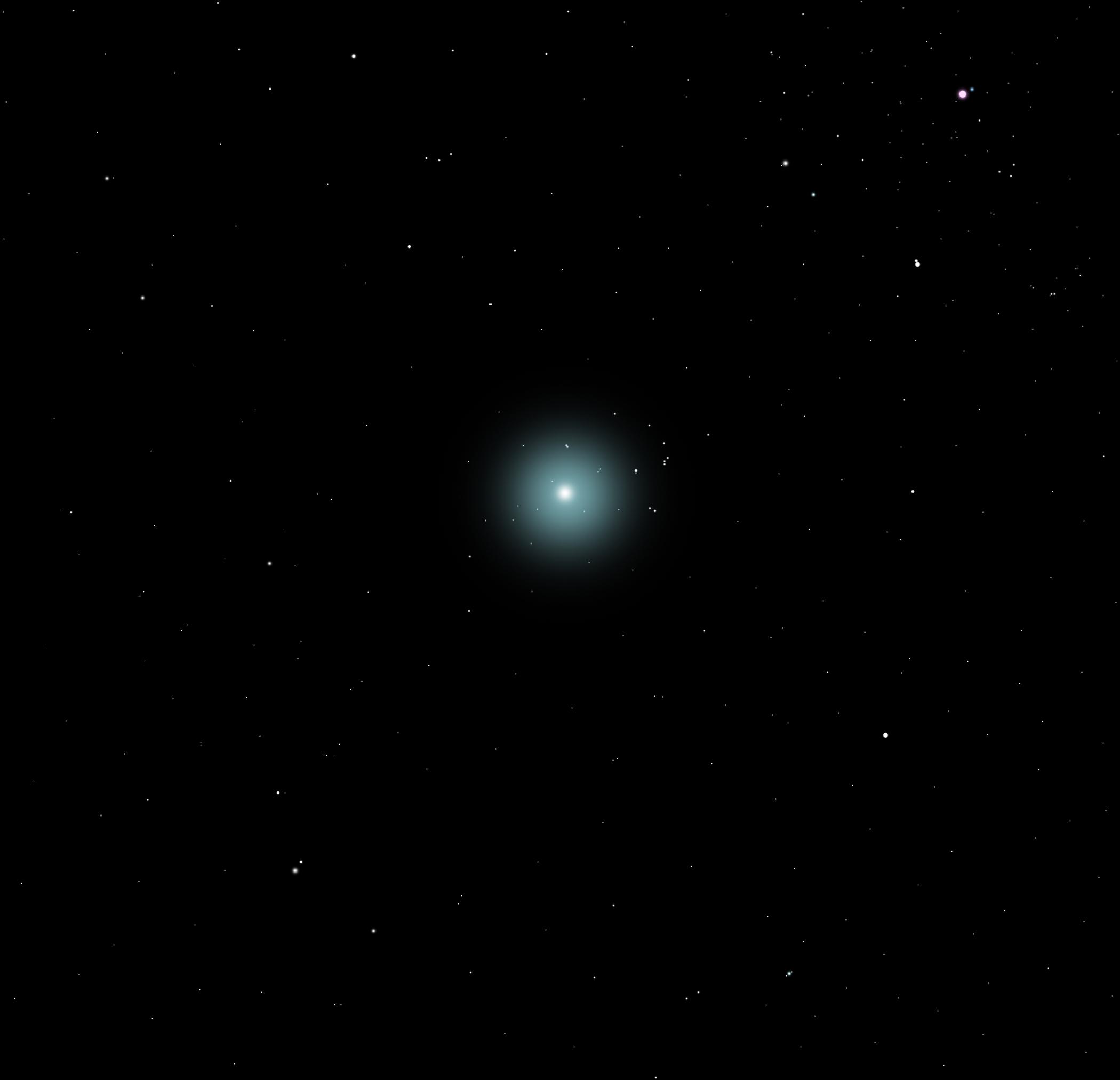Dictionary of Space Concepts
What is the Dictionary of Space Concepts?
The Dictionary of Space Concepts (DSC) is a project by UNIVERSEH – the European Space University of Earth and Humanity. Starting in 2020, this Alliance of five European Universities decided to launch an online dictionary dealing with terms and concepts related to space sciences. It should be created and used by students, lecturers, researchers and citizens alike.
After an initial planning phase, the DSC was published in spring 2022. It opens up several opportunities for all members of the UNIVERSEH Alliance and interested citizens to contribute to the content of the DSC.
In our course "Terms and Concepts of Space" (to the registration) , students learn how to write a dictionary article and later on contribute several entries to the DSC. Students and other members of the UNIVERSEH Alliance can also submit articles for the DSC via an entry in here . Interested citizens can contribute in this entry platform.
Once submitted, these articles are reviewed by UNIVERSEH Alliance staff and, if necessary, edited before their publication in the Dictionary.
In this way, the DSC is a dynamic project that is constantly expanding in content and quality through constant contributions from students, staff and citizens.
Special | A | B | C | D | E | F | G | H | I | J | K | L | M | N | O | P | Q | R | S | T | U | V | W | X | Y | Z | ALL
W |
|---|
White Dwarf | |||
|---|---|---|---|
Image/Video/Audio:  Image/Video/Audio: Picture: A white dwarf Image/Video/Audio Source: File:White dwarf.jpg - Wikimedia Commons. (2011, April 5). https://commons.wikimedia.org/wiki/File:White_dwarf.jpg Short Definition:
White dwarfs, or cold stars, is a term often used to describe stars in the final stages of their evolution. These stars, which lose their energy sources and cannot perform fusion reactions, are the stars that tend to squeeze into themselves due to the gravitational law. This phenomenon was firstly discovered by the British astronomer 'William Herschel' in 1783.
Detailed Definition:
As one of the densest stellar remnants in space, white dwarfs are stars that have run out of most of their nuclear fuel and tend to collapse inwards. These stars, which are relatively Earth-sized and composed entirely of carbon and oxygen mass, are less than 1.4 solar masses when their cores are stable, but they tend to suffer constant heat and radiation loss because they do not undergo any fusion process. According to NASA's calculations, the core temperatures of white dwarfs can reach up to 100,000 Kelvin. Apart from the carbon and oxygen mass that make up their core, their envelope are surrounded by thin helium and in some cases hydrogen atoms.
Etymology:
White - from Proto-Indo-European (ḱweydós) Dwarf - from Proto-Germanic (dwergaz) (white - Wiktionary. (n.d.). https://en.wiktionary.org/wiki/white) (dwarf - Wiktionary. (n.d.). https://en.wiktionary.org/wiki/dwarf)
Sample Sentence(s):
‘’White dwarfs evolve from stars with an initial mass of up to three or four solar masses or even possibly higher.’’ (The Editors of Encyclopaedia Britannica. (1998, July 20). White dwarf star | Definition, Size, Mass, Life Cycles, & Facts. Encyclopedia Britannica. https://www.britannica.com/science/white-dwarf-star) ‘’White
dwarfs reach this incredible density because they are collapsed so
tightly that their electrons are smashed together, forming what is
called "degenerate matter.’’ (Dobrijevic, D., & Tillman, N. T. (2022, March 4). White dwarfs: Facts about the dense stellar remnants. Space.com. https://www.space.com/23756-white-dwarf-stars.html)
Translations of Terms/Concepts into Partner Languages: French:
Naine blanche German:
Weißer Zwerg Polish:
Biały karzeł Swedish:
Vit dvärg Turkish:
Beyaz Cüce Links to Videos/Articles:
Dobrijevic, D., & Tillman, N. T. (2022, March 4). White dwarfs: Facts about the dense stellar remnants. Space.com. https://www.space.com/23756-white-dwarf-stars.html Kurzgesagt
– In a Nutshell. (2017, May 4). The Last Light Before Eternal
Darkness – White Dwarfs & Black Dwarfs [Video]. YouTube.
https://www.youtube.com/watch?v=qsN1LglrX9s The
Editors of Encyclopaedia Britannica. (1998, July 20). White dwarf
star | Definition, Size, Mass, Life Cycles, & Facts. Encyclopedia
Britannica. https://www.britannica.com/science/white-dwarf-star White Dwarfs. (2021, May 4). Science. https://www.nationalgeographic.com/science/article/white-dwarfs | |||
